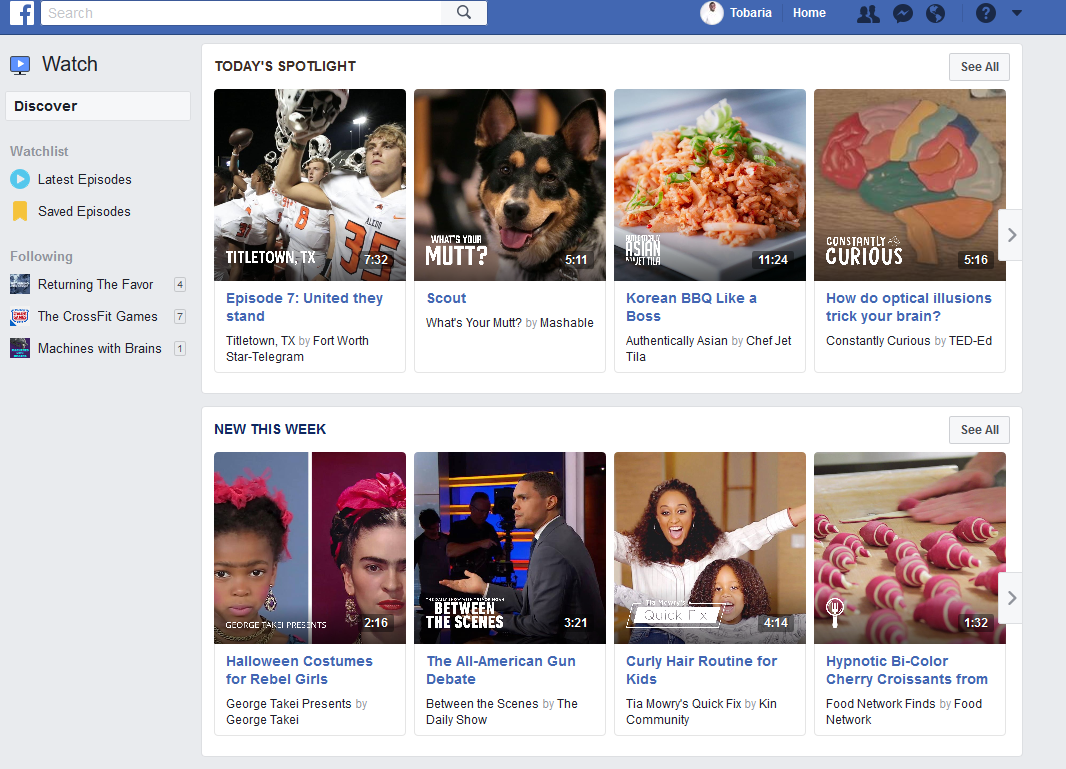
Stop me if you’ve heard this one before – things are changing with Facebook. The world’s largest social media platform has had to make a lot of changes and answer a lot of questions recently regarding their involvement in different issues.
In one of its most recent news-worthy headlines, Facebook came under scrutiny after a data collection agency allegedly harvested and used personal data for political reasons. Since then, the European Union has passed The General Data Protection Regulation (GDPR). The GDPR provides protections on data collections for everyone in the EU.
As a result of this allegation, Facebook has changed some of its targeting capabilities to be in compliance with the GDPR. In this article, we’ll take a look at those changes and some of the other things that have taken place on the social media platform since the announcement.
Say Goodbye to Third-Party Targeting
The big thing for marketers to know is that Facebook is shutting down third-party data targeting capabilities formally known as Partner Categories. This targeting allowed those providers to let advertisers use their data to serve ads on Facebook. We’re going to see third-party targeting options go away slowly over the next six months. However, Facebook said it “will help improve people’s privacy.” Marketers will have to adjust to Facebook’s native targeting that will still be available.
And Hello to Data Deletion Tools
Facebook made an announcement in April saying that they’ll start asking people to review what information they share with the platform. They’ve also made it easier to review and delete that data if the user no longer wants to share that information with the social media giant.
Some of that information includes information about political affiliation, religious views, and relationship information. The average user will now have more control over what information Facebook keeps. It will be interesting to see how many users start taking advantage of these new features.
A Look at Facial Recognition
In another announcement, Facebook stated that they would start using Facial Recognition back in February in an effort to stop other users from uploading photos of you without your permission. This feature would help you find photos that you’re in but haven’t been tagged. In the new security update, the social media platform is allowing users to completely turn it on or off instead of just doing it on a feature by feature basis.
This is a feature that is sure to spark a lot of discussions. Do you opt to let Facebook use its facial recognition features in order to protect you from other users uploading images of you without your permission? The unintended consequences of facial recognition are still shrouded in mystery. However, it appears to be gaining public appeal from its integration with the IPhone X.
Where Do We Go From Here
As a part of the new guidelines for GDPR, Facebook has decided to make it easier to decipher the language they use to get your consent to opt-in to these products. This will help users get a clearer picture of what exactly they are giving Facebook when they agree to use their services. They are putting the power back in the user’s hands so it’s up to us to use it.
As for marketers, this is just another shift in the advertising landscape that we will have to learn to navigate in order to continue to provide the best overall ad experience to not only our customers, but their target audience as well.